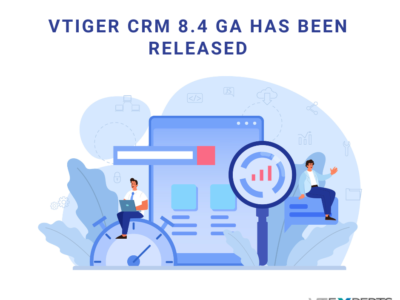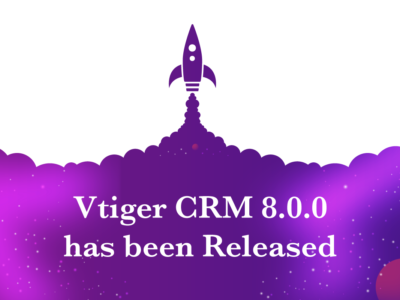One of the most prominent characteristics of well-performing business is that they know their customers better than their competitors. Well, knowing your customers can yield a wide range of benefits, from designing a better product to optimizing your sales and marketing campaigns. Another opportunity firms with greater knowledge about the customers can enjoy is market segmentation of their target audience with more efficiency and precision. An organization which properly segment their target audience can not only provide better services to their clients, but can also reduce the wastage of resources significantly.
What is Market Segmentation?
It is a technique which allows business firms to target the customer with appropriate products and services. This process involves gathering deep insights regarding what customers need and wants and then design your product accordingly.
Today I will tell you about some of the commonly used approaches for making segments of the target market. It varies according to the scale of the business as well, like for B2B firms the segmentation strategies will differ a bit as compared to the B2C business firms
B2B businesses
When we look at the firms which are operating in B2B (business to business) market, they segment their target audience on the basis of three different approaches which are as follows.
–Geographic approach: In this type of segmentation firms specify their target market on the basis of locations, macroeconomic, growth rate of region etc.
–Customer Type: This approach completely depends on the customer you are dealing with. An organization using this approach usually considers the size of the business they are interacting with and where do they stand position wise in the market.
–Buyer Behavior approach: In this approach, a market is segmented on the basis of buyer’s behavior like how much a loyal buyer is with its suppliers, what is usage pattern of the buying firm etc.
B2C Businesses
In B2C (Business to consumer) market segmentation, the things that count became a bit more specific. In B2C market segmentation the commonly four different types of approaches are used. Those four approaches are defined as follows
–Demographic approach: This thing that are considered while differentiating the customers using a demographic approach consist of age, occupation, gender, ethnicity, nationality socioeconomic status etc.
–Psychographic approach: This approach is a bit different from the rest of the market segmentation approaches as in this approach, values, beliefs, lifestyle, interests etc. is taken into account.
–Geographic approach: While designing market segmentation in B2C business using geographic approach the things that should be considered contains location, region, climate, total population, density of population
–Behavioral approach: Using this approach the factors that should be kept under consideration consist of price sensitivity, loyalty to a brand, usage rate and buying behavior of customers.
All the market segments are designed using one of the above-mentioned seven approaches. A single firm can also use more than one approach as it depends on the product firm is offering. It is a better tactic to use a mix of more than one market segmentation approach, but using all of them at once, will not be advised. Next time while designing market segmentation remember these insights and improve the efficiency of your business.






